Effective management of cash flows is a necessity for any business organization for success in the dynamic business environment of today.
Accurate cash flow forecasting can no longer be a luxury, but a necessity to businesses of any size, because the ability to forecast future inflow and outflows of cash for a business, thereby allowing a business to plan ahead proactively in terms of finance management and proper decision-making to avoid the risk involved.
The relevance of cash flow forecasting, various types of cash flow forecasts, and 10 of the best cash flow forecasting tools available in the market today are covered.
Why Is Cash Flow Forecasting Important?
Cash flow forecasting is very vital to a business for the following reasons:
- Correct Investment and Expansion: Relevant forecasts help businesses make correct investment, expansion, and expense management decisions.
- Good Liquidity Management: Businesses stay liquid in advance by avoiding cash deficiencies that could arise due to the unavailability or unexpected delays.
- Risk Aversion: Cash flow forecasting will aid in the prevention of possible risks arising from unpredictable costs or late payments, and in this way businesses will have an opportunity to set up contingency.
- Better Credit History: Healthy cash flow will provide good credit history. In this respect, it would be easy for getting loans and other terms of good finance.
- Improved Financial Planning: Long-term financial planning involves cash flow forecasts. Cash flow forecasts will help businesses set achievable goals, monitor progress, and make necessary changes.
Types of Cash Flow Forecasting
There are several methods to forecast cash flow, and these have their merits and demerits:
- Direct Method: In this method, cash inflows and outflows that will be made in the future are projected directly using historical data, sales forecast, and other pertinent considerations.
- Indirect Method This method begins with net income and adds back noncash items such as depreciation and changes in working capital to arrive at net cash flow from operating activities.
- Statistical Forecasting: This approach uses statistical techniques, including regression analysis and time series analysis, to find patterns and trends in historical cash flow data.
- Scenario Planning: This is the creation of various scenarios, best-case, worst-case, and most likely, to analyze how different factors could impact cash flow.
10 Best Cash Flow Forecasting Tools
1. Workday Adaptive Planning
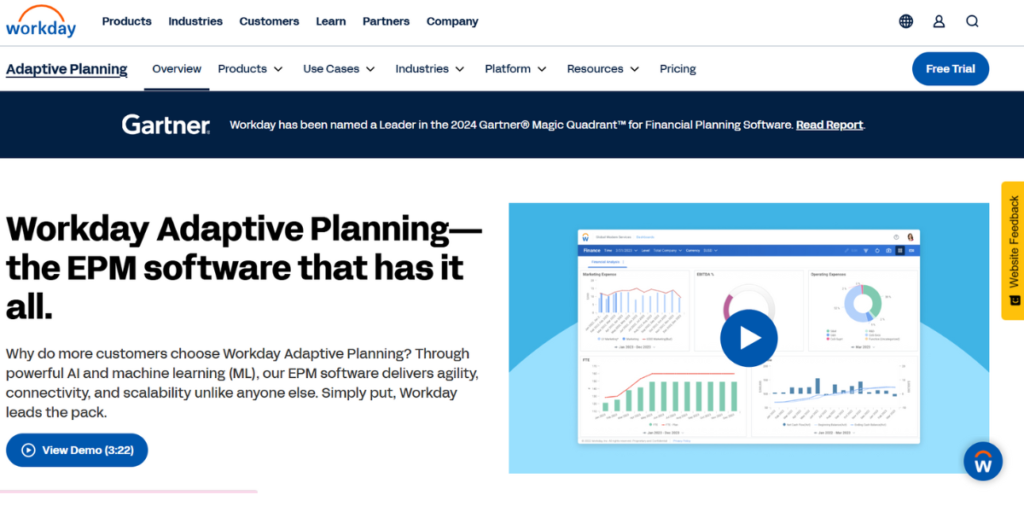
- Rating: 4.7/5
- Best For: Enterprise-level businesses and organizations that demand complete financial planning and analysis
Workday Adaptive Planning is the ultimate powerhouse for financial forecasting, offering a cloud-based solution that integrates flawlessly with an organization’s existing enterprise systems. Recognized as one of the Best Enterprise Resource Planning Software options, the solution has advanced modeling capabilities that allow an organization to model complex scenarios and run what-if analyses with amazing accuracy.
The collaborative features enable multiple stakeholders to work on the same financial plan simultaneously while keeping the data in its original integrity and version control.
The platform connects the operational and financial planning lines effectively, making possible real-time insights that help businesses in the decision-making process. This helps reduce the amount of time devoted to manual entry of data as well as the integration of such consolidations.
Key Features:
- Continuous Planning
- Rolling forecasts as well as Scenario planning
- Advanced modelling capabilities
- Integrated Business Planning
- Automated Reporting and Analytics
- Collaboration tools
Pros:
- Highly scalable
- Excellent integration capabilities
- Strong security features
- Friendly interface
- Extensive training resources
Cons:
- More expensive
- Implementation is a bit complex
- Steep learning curve for the advanced features
2. Cube
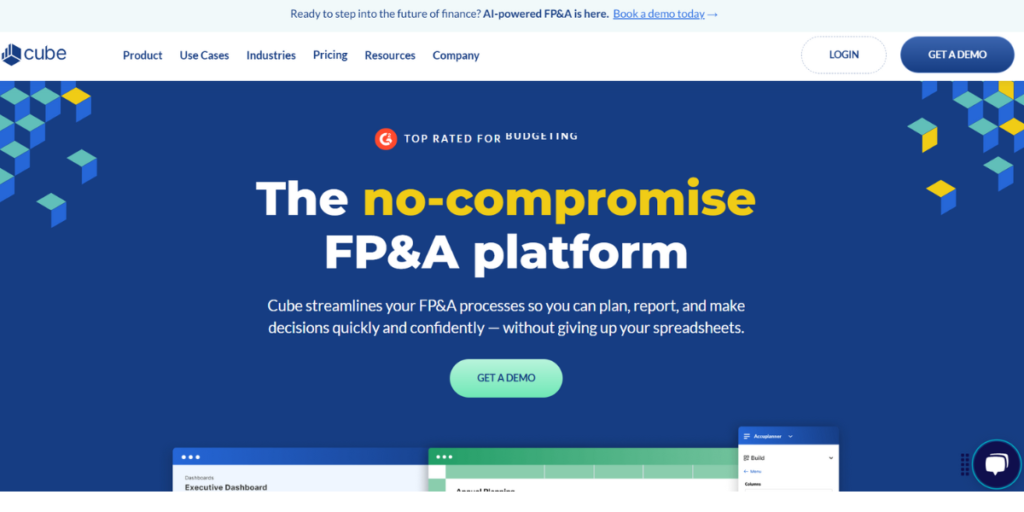
- Rating: 4.6/5
- Best For: Mid-market organizations seeking flexibility and a true spreadsheet-native approach to FP&A
Cube is the only application that combines known spreadsheets into powerful financial planning capabilities. If what the platform promises is met, finance teams can maintain the use of existing excel workflows while delivering advanced forecasting analysis tools.
Bi-directional sync promises to ensure data continuity across all types of platforms in the company, especially stakeholders, leaving no version-control issues at large.
It is one of the best cash flow management tools. Automated data consolidation saves so much time on gathering and processing financial information, which with intuitive drill-down features allows easy investigation of variances and understanding the drivers behind financial performance.
Key Features:
- Native support for Excel and Google Sheets integration
- Multiple-Scenario Planning
- Automated consolidation of data
- Builder for custom report
- Driver-Based Modeling
- Access control based on role
- Real time Collaboration
Pros:
- Familiar look and feel- spreadsheet interface.
- Easy to install.
- Good support from customers.
- Choice of reporting format.
- Cost-efficient solution.
Cons:
- Limited advanced analytics.
- Some need technical expertise in using some functions.
- Mobile applications are limited
3. Mosaic
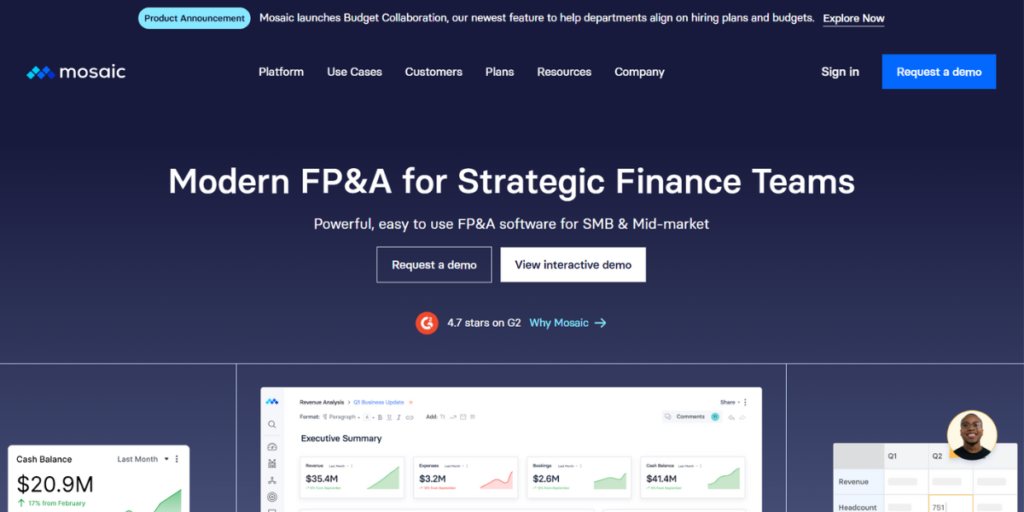
- Rating: 4.6/5
- Best For: High-growth companies that require strategic financial planning and analysis
Mosaic Tech is a revolutionary platform providing AI-powered forecasting abilities with strategy insights in financial planning.
Such a solution is superior in its unique ability to provide automatic generation of accurate forecasts as it analyzes historic data patterns or market trends and can integrate with the most diverse number of data sources, giving comprehensive views of financial performances across the organization.
The platform is excellent in providing strategic insights through its advanced analytics features and customizable dashboards. It has an anomaly detection and alert system with intelligence that makes it easy for finance teams to quickly solve potential problems.
Key Features:
- AI-powered forecasting
- Strategic planning tools
- Advanced analytics
- Automated data consolidation
- Custom metric tracking
- Variance analysis
- Collaboration workspace
Pros:
- Very powerful in AI capabilities
- Very user-friendly
- Excellent visualization capabilities
- Rapid deployment
- Decent mobile support
Cons:
- Premium pricing
- Poor customization
- Needs cleaning of data to get the right optimization.
4. Drivetrain
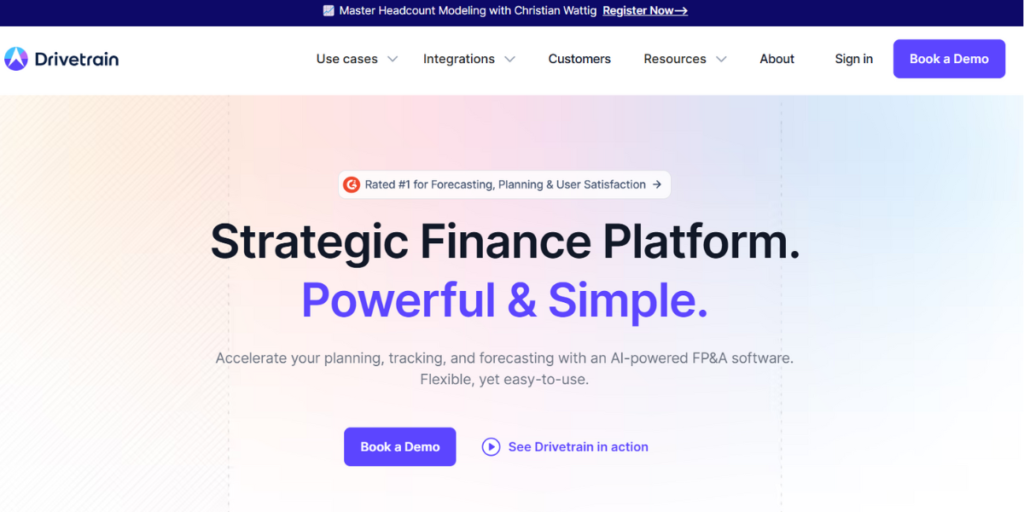
- Rating: 4.4/5
- Best For: SaaS and subscription-based business companies
The Drivetrain is one of the kinds of cash flow forecasting methods particularly designed for subscription-based business and SaaS companies.
It is highly efficient at tracking the repeating revenue patterns along with customer behavior and retention metrics. Advanced algorithms it uses can predict churn risks, and it could identify upselling opportunities. For that reason, it is pretty valuable in revenue optimization.
This provides in-depth visibility of the working capital requirements of the business and its cash flow cycle while allowing businesses to maintain the cash optimum position.
It comes with its sophisticated capability about scenario planning; hence, companies can model various growth scenarios and how those affect cash flows.
Key Features:
- Revenue forecasting
- Churn prediction
- Optimization of the working capital
- Scenario modeling
- Tracking KPI
- Cash Flow Analytics
- Ability of integration
Pros:
- Strong SaaS metric
- Very high predictive ability
- Real-time updation
- Very good reporting quality
- Easy Interface
Cons:
- Less utilized apart from SaaS
- More cost-intensive
- Long process in the installation
5. Anaplan
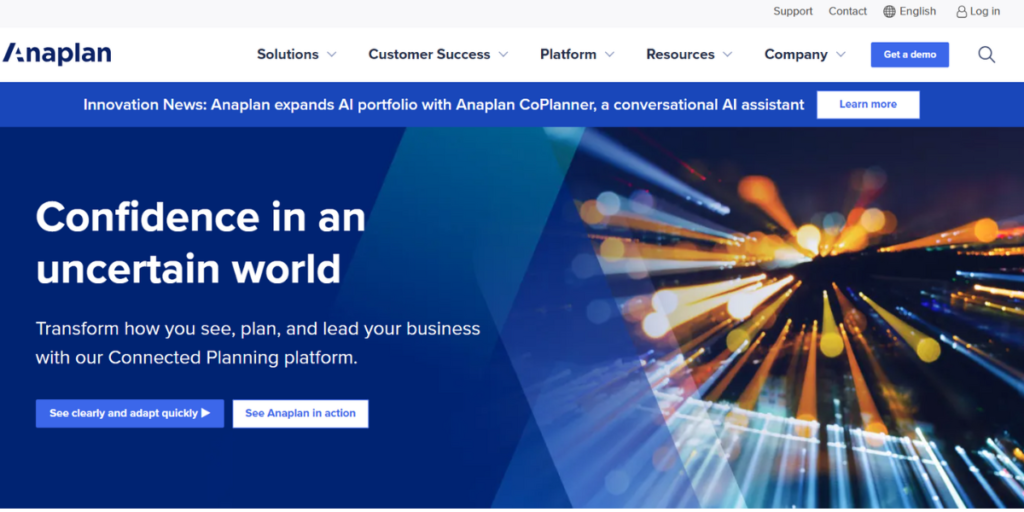
- Rating: 4.8/5
- Best For: Huge companies where connected planning within departments is of the essence
Anaplan provides enterprise-grade planning capabilities directly from its connected planning platform. The solution enables complex models for financial analytics that connect otherwise unconnected aspects of business operations, such as in sales forecasting and also supply chain planning.
Its patented Hyperblock engine supports real-time calculations and updation across huge datasets by keeping accuracy as well as constancy intact. It is one of the best cash flow analytics tools.
With custom models, adaptability to various business requirements as well as needs of a certain industry can be achieved. Being robust in terms of security, it has built-in compliance controls that are meant to satisfy big enterprises’ very high standards.
Key Features:
- Connected planning functionalities
- Real time modeling
- Highly advanced prediction
- Role based workflows
- Possibility of having in-house custom modeling
- Predictive analytics
- Robust enterprise class security
Pros:
- Tremendous scalability
- Fantastic modeling power
- Good integration facilities
- Fantastic security features
- Absolutely full support
Cons:
- Implementation cost can be high.
- Learning curve steep
- Needs separate resources
6. Centage
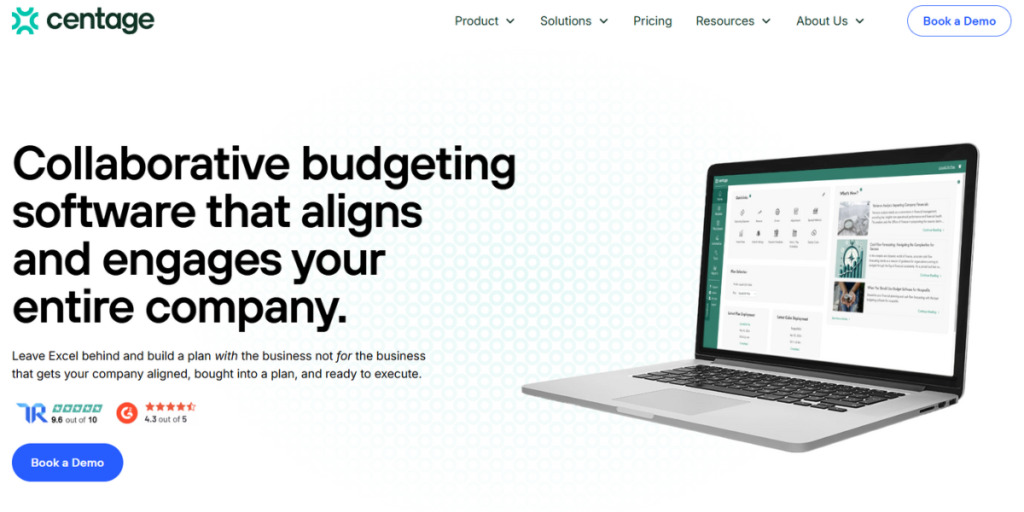
- Rating: 4.3/5
- Best For: Automated budgeting and forecasting for small- to medium-sized businesses.
With Planning Maestro, Centage brings the sophistication of advanced financial planning within accessibility for the small organization. Intelligently automate budgeting and forecasting while leaving much less time-consuming labor:
its driver-based modeling is exactly what organizations will find useful to forecast what is to happen in terms of key operational metrics and the way the markets respond.
It is also one of the top best cash flow management tools. Additionally, businesses can pair this solution with Social Listening Tools to monitor market trends and customer sentiment, creating a holistic approach to financial planning and strategy.
This solution offers industry-specific templates pre-built with intelligent capability, accelerates implementation for an organization’s time-to-value, and assists the company with planning different what-if scenarios so they can identify different business conditions along with its associated financial conditions.
Key Features:
- Auto-creation of budgets
- Driver-based forecasting
- Pre-built template
- Balance sheet forecasting
- Cash flow planning
- Generation of financial statements
- Performance analytics
Pros:
- Easy to implement
- Low cost to procure
- Best-in-class automated capabilities
- Best solutions for different industries
- Better support from a customer
Cons:
- Limited capability of customization
- Basic reporting functionality
- Limited integration in some cases
7. HighRadius
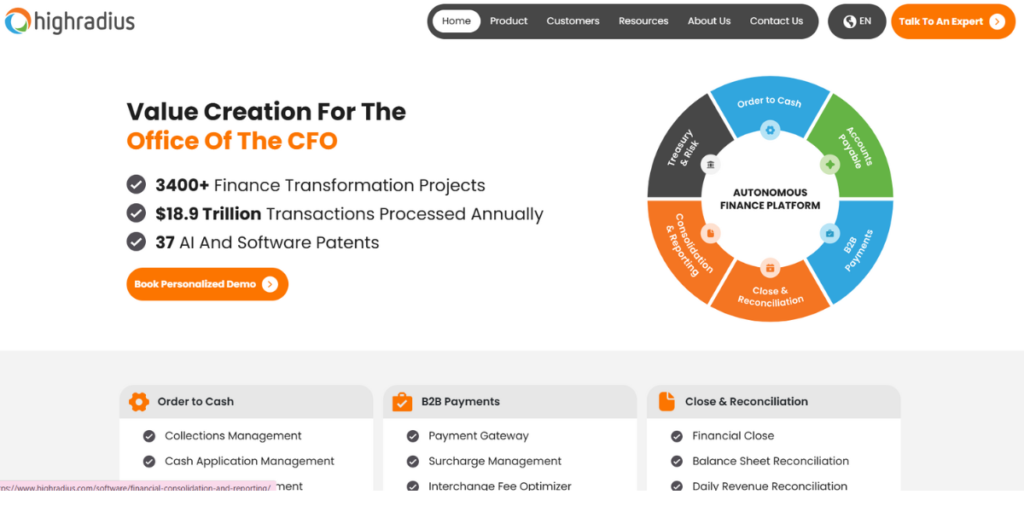
- Rating: 4.6/5
- Best For: Large-scale accounting and treasury management companies
HighRadius offers a line of products concerning AI-based cash flow forecasting solutions in areas related to optimization in accounts receivables. Applying ML algorithms for research and analyses in respect to payments made, based on past such payments the company offers precise estimations in regards to the prediction of cash inflow or cash flow.
Its treasury management capabilities allow an organization to optimize its working capital and enhance its cash positioning across bank accounts and currencies.
It’s especially remarkable in making even the most complex collections processes and days sales outstanding much easier. Advanced analytics will enable businesses to recognize trends in payments and risks long before they occur. Reconciliation tools make the application of cash quick and effective.
Key Features:
- Advanced AI powered cash forecasting
- Treasury management
- Automated collections
- Payment processing
- Credit risk assessment
- Bank reconciliation
- Working capital optimization
Pros:
- Highly advanced AI capabilities
- Extremely automated functionality
- Treasuries tool are fully encompassed
- Multi-currency capabilities
- Extremely secure tools
Cons:
- Installation cost
- Installation process is elaborated
- Requires technical knowledge
8. Fathom
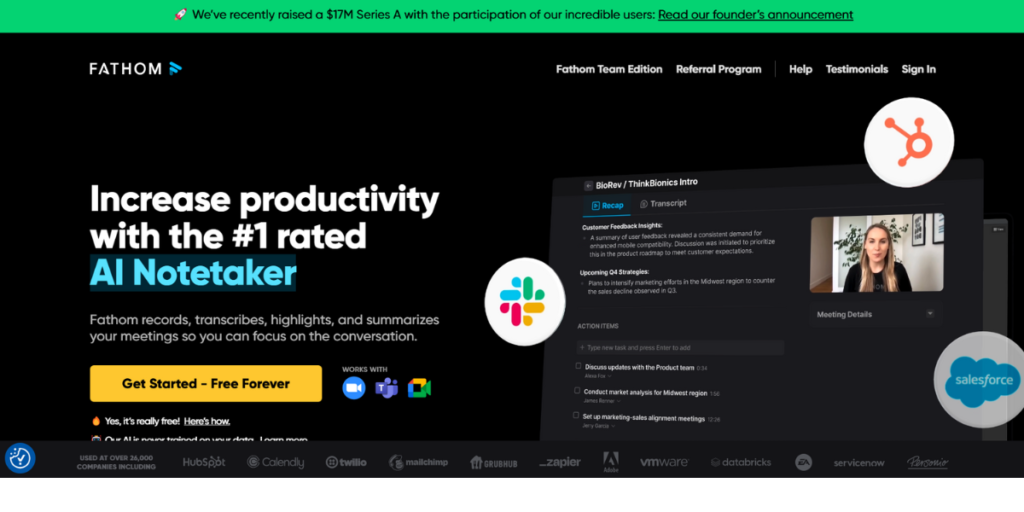
- Rating: 4.4/5
- Best For: Small and medium-sized enterprises who require more robust financial analysis as well as reports
Fathom differs from every other platform; it focuses mainly on the need to transform accounting information into actionable business insights with full visualization and robust analytical tools that will present complex financial details in a convenient, easily-consumable package for all participants at all levels of an organization.
It is unique in that it allows companies to track both financial and non-financial KPIs from a single interface. It is one of the top cash flow analytics tools. The solution provides advanced benchmark capabilities, which will allow companies to compare their performance against industry standards.
With scenario planning, the organization can model different business situations and understand the financial implications.
Key Features:
- Custom KPI tracking
- Benchmark analysis
- Performance monitoring
- Visual reporting
- Cash flow analysis
- Goal tracking
- Multi-entity consolidation
Pros:
- Easy user interface
- Nice visual tools
- Cheapest price
- Very fast to implement
- Pretty nice option for integrations
Cons:
- Very less feature of forecastings
- Simple is scenario planning
- Some less option in customized selections
9. Jirav
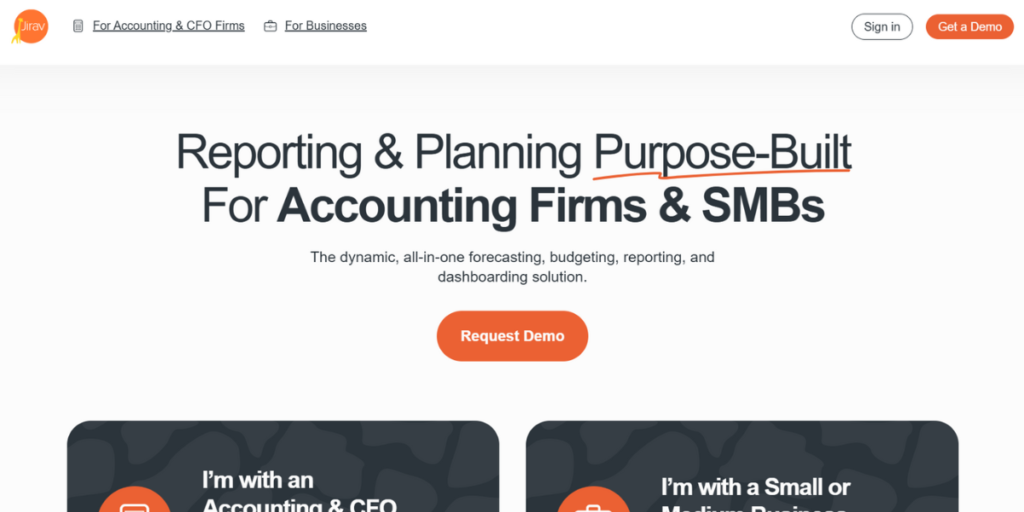
- Rating: 4.5/5
- Best For: Growing businesses requiring integrated financial planning and analysis.
Jirav is a holistic approach towards financial planning and analysis based on a web-based system capable of bringing the capabilities of budgeting, forecasting, and reporting together in its system.
Drivers-based modeling that offers an ability for linking operational metrics through financial results leads to higher predictions accuracy. And it can come in really handy for any company where the high cost is that of people employed.
The platform enables businesses to prepare for a number of possible futures with its advanced scenario planning tools, thus enabling businesses to make better decisions. Automated data consolidation helps minimize the time taken to process and enter data manually.
Key Features:
- Driver-based Forecasting
- Workforce Planning
- Consolidation made automatic
- Customer dashboards provided
- Scenario Model
- Budget Actual Analysis
- Inbuilt Reporting features
Pros:
- Very current user interface design
- Powers integration very tight
- Really good planning scheduling
- Not bad for cost
Cons:
- Kept updating the feature a lot
- Less advanced Analytics
- Too much complexity in initial setup
- Less application on smartphone
10. Xero
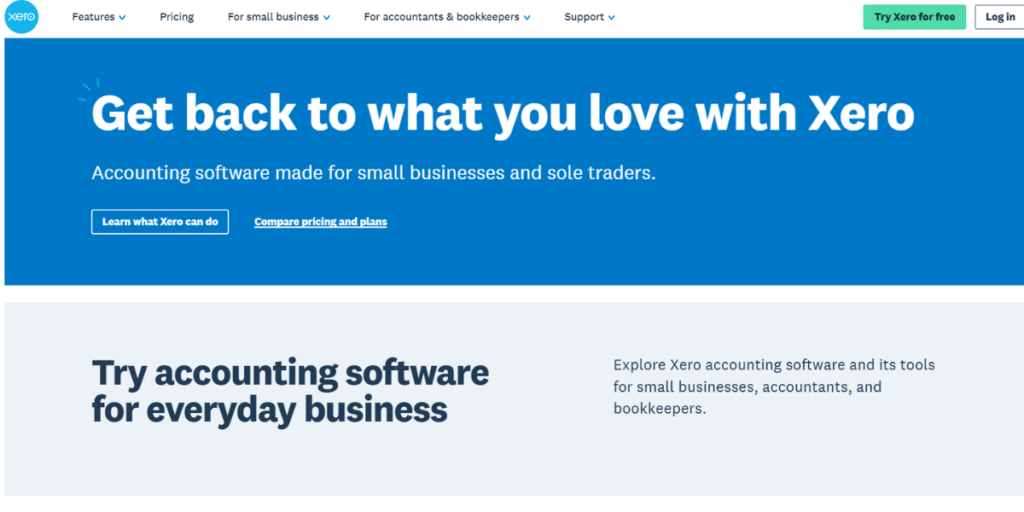
- Rating: 4.7/5
- Best For: Small business organizations and startups look for integrated accounts and cash management.
Xero offers a high-performance financial management system with superior cash flow forecasting embedded within its essential accounting features.
It has leading edge features designed to give a real-time glimpse of business account balances and outlays. Also, it uses smart automated bank feeds and reconciliation methods that allow making the best projection on cash outflow using actual, current balance information. It is one of the top cash flow forecasting tools.
The solution integrates powerful budgeting tools that ensure businesses can predict future expenses and revenue streams. Organisations can, through its significant app marketplace, extend functionality to fulfill specific industry requirements.
Key Features:
- Tracks Cash flow real time
- Auto recons Bank Statements
- Tools of Budget Planning
- Customisable report
- Inventory Control
- Track for Projects
- Works on Mobile/anywhere
Pros:
- Very easy to navigate
- Affordable.
- Pretty Great Mobile app.
- Tons and tons of possible Integration
- Update every so often.
Cons:
- No advanced forecasting.
- Reporting limited
- Few too many add on features.
Benefits of Cash Flow Forecasting Software
So much advantage offered in cash flow analytics tools over traditional or manual processes exists, including;
- Automation: These are data inputs, calculations and reports generated as it saves on time and decreases mistakes.
- Real-time insights: Shows immediate views of any trend that arises with cash flow and potential causes of issues arising
- Improved accuracy: Utilization of sophisticated algorithms and machine learning methods improves the predictability of forecasting
- Easy coordination across finance teams along with other groups as well.
- Scalability: It easily fits into the dynamically changing needs of businesses as they grow and evolve.
- Integration: It can integrate with other financial systems, for example, ERP and accounting software, which may complement their workflows.
Conclusion
Cash flow forecasting tools are one of the most critical elements in any business strategy. It could help offer important insight into a company’s financials, make for informed decisions, and navigate with much more confidence in the complexities of business today using cash flow forecasting software. For any best cash flow forecasting tools the budget, size of business, needs, and functionality should be put under consideration. With all these aspects in mind, companies will make better decisions with their tool choice and improve the management of finance for better strategic implementation.
FAQs
1. What is cash flow forecasting?
Forecasting the future cash inflows and outflows in your company.
2. Why do I need cash flow forecasting?
Avoid running short of cash, make proper financial decisions, and plan for the future.
3. Which are the most popular tools in cash flow forecasting?
Excel spreadsheets, dedicated financial software (for example, QuickBooks, Xero), and specialized forecasting tools (for example, Cash Flow Forecasting.com, TreasuryDesk).
4. Which factors do I need to take into account while choosing the tool?
Easy use, cost, integration with current systems, features (for example, scenario planning, automation), and scalability.

